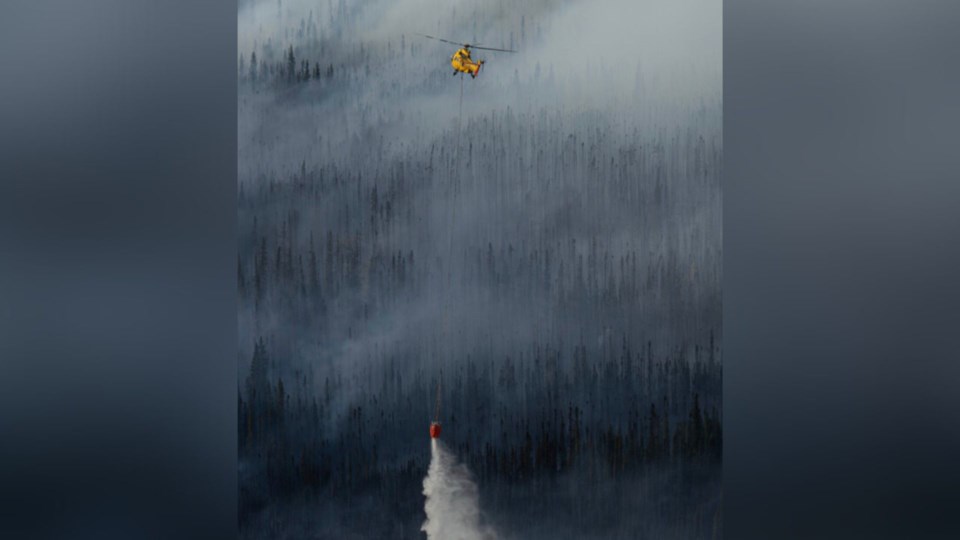Wildfire activity is expected to move from north to south in B.C. in the coming weeks while hot and dry weather persists in the Southern Interior.
During a provincial update on the wildfire and drought picture Thursday, BC Wildfire Service director of operations Cliff Chapman said the weather could grant them a reprieve in northern B.C. next week, where the province’s largest fires are burning.
“We are potentially seeing rain into the north into some of the areas where we've seen significant fires in the last two months, with that though, we're also going to see continued hot dry weather in the south,” Chapman said.
He said the Cariboo, Kamloops and Southeast fire centres are continuing in a warming and drying trend for the foreseeable future.
“We're seeing that transition continue from the north to the south,” he said, explaining they are moving resources around the province to prepare for the shift in fire activity.
Chapman said there have been 199 fires sparked in the past seven days in B.C., but 133 of those are out, held or under control.
“We're seeing great success with our initial response to fires,” he said, in particular in the Kamloops Fire Centre, which has had a quiet fire season so far.
Aircraft have been up in the air constantly patrolling after lightning storms, looking for immediate starts and holdovers that can take days to develop into a wildfire after a strike.
The wildfire on Westside Road this week is an example of a quick stop of a new start. A rapidly growing blaze sparked by downed power lines on Monday was stopped in its tracks by heavy air support and quick response from local municipal crews.
There are now 2,500 wildland firefighters on the ground in B.C. One-hundred Brazilian crew members will arrive Friday, joining Mexican, Australian and American crews that make up an out-of-province contingent of 500 firefighters.
Chapman says they are starting to feel more confident that they have enough resources to manage the number of fires in the province.
The BC River Forecast Centre says the vast majority of the province is in stage three, or worse, drought conditions. Seventy-four of 350 water flow stations in B.C. are recording record-low flows.
Unirrigated farmland in many parts of the province is already being impacted and hay production in areas is expected to be at about 50% of normal.



